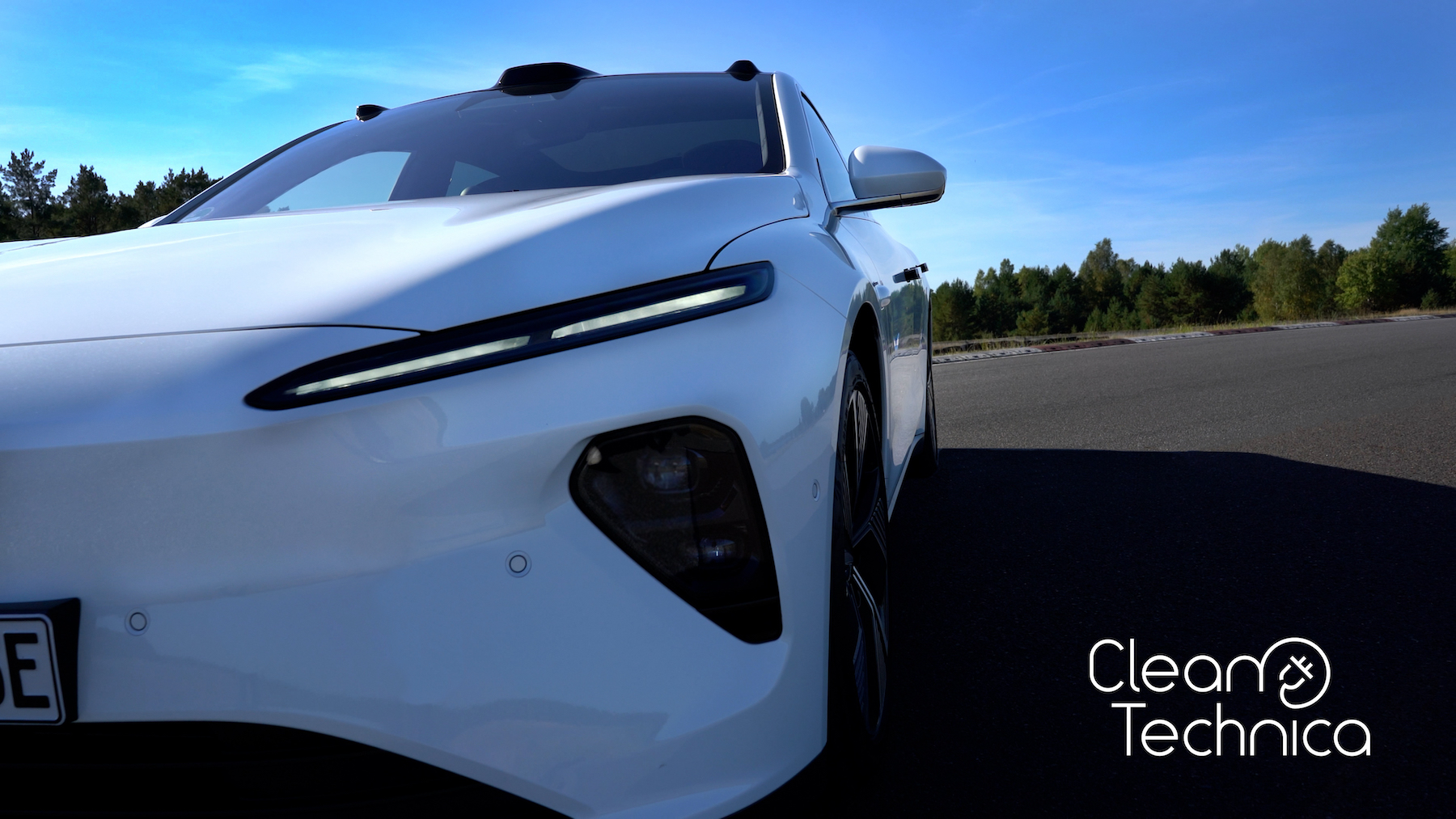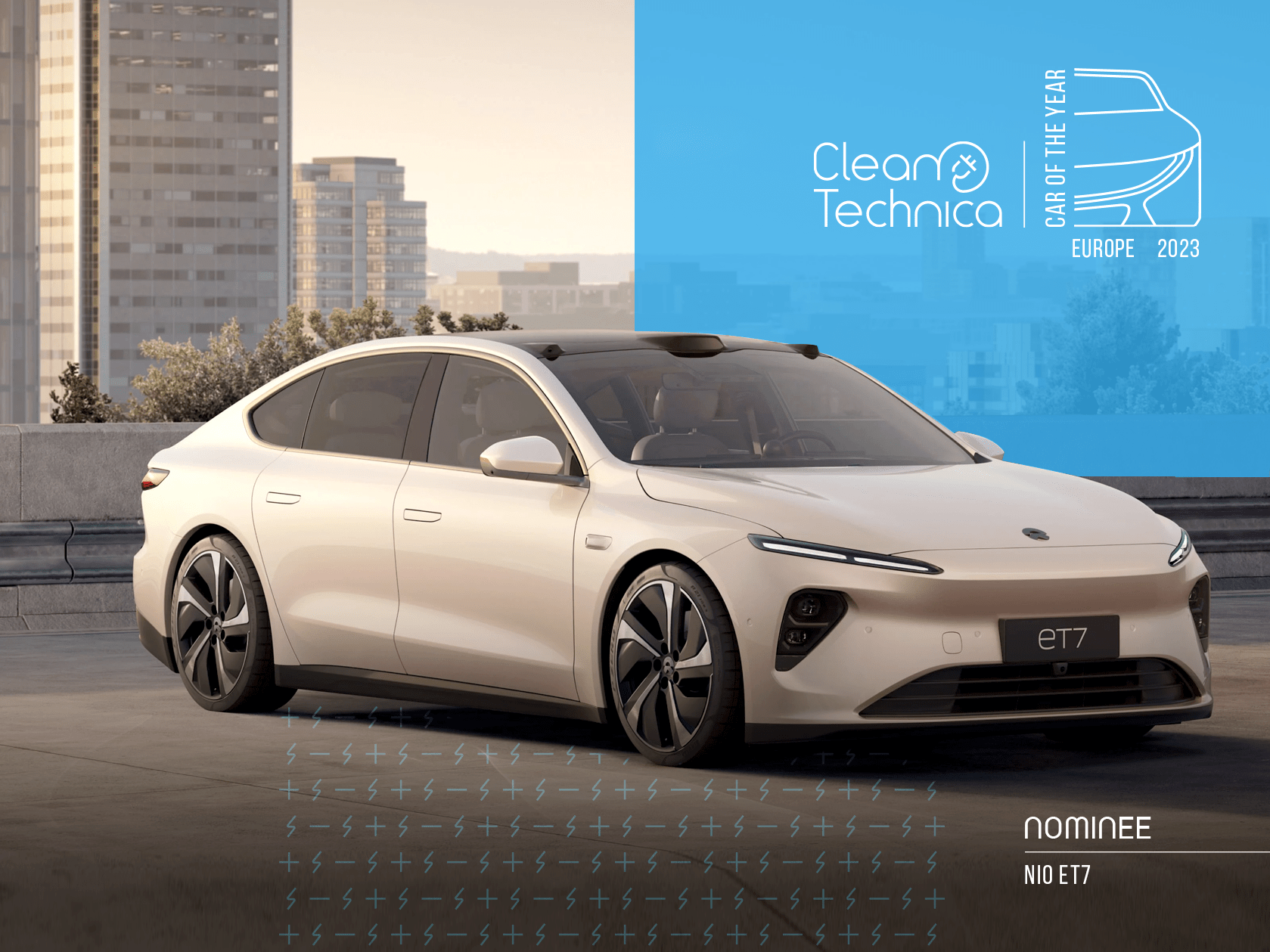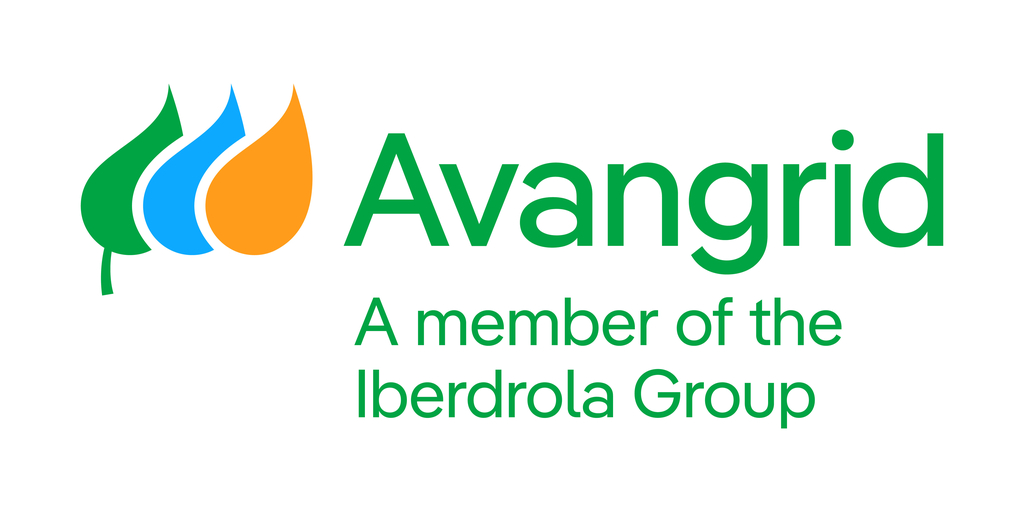Sign up for daily news updates from CleanTechnica on email. Or follow us on Google News!
I found Steve Hanley’s article on the new 2024 Global Automotive Outlook from AlixPartners quite fascinating. Granted, we’ve been covering the Chinese electric car industry since it was basically nothing, so there isn’t much in there that’s new for us fanatics. However, nonetheless, having it put all together and a few of the highlight points really got my eyes wider and had me sitting up. So, I just wanted to spend a little more time discussing a couple of these.
First of all, this one is pretty big: Chinese automakers are expected to go from 59% market share within the Chinese auto market to 72% market share by 2030. There are two things on this that come to mind. One is that Chinese automakers are dominating the EV market in China, and that EV market is growing fast and expected to be a few times bigger in 2030. So, that makes a lot of sense. Who is going to step in and take much more of the EV market from all of these big Chinese EV producers? But there’s something else that infiltrated my mind more here.
US and European automakers have been spending a lot of time, money, and words on their move into the Chinese automaker over the past decade. The China auto market is the largest in the world, and it’s not even close. In 2023, it had nearly 26 million sales, about twice that of #3 Europe (if you throw European countries all together) and approaching double the US market as well (which is at about 16 million). Often struggling in their home markets or trying to find a growth story somewhere, Western automakers were all about China. Now, however, instead of convincing anyone of a growth story there, I think it’s becoming clear that they are losing their footing and China’s homegrown auto companies (which Western automakers had to partner with for years in joint ventures) are ready to take over. The China auto growth story is over for American and European brands, and it’s turning into a shrink story. Watch out!
But on to the other big highlight. Chinese EV producers have been rolling out new electric cars at a fast pace, very fast. It seems like a new electric car rolls out in Chine every week, if not every day! Top EV producers like BYD, NIO, and Xpeng keep introducing hot new models even while the previously launched model seems like a hot new model. Do the stats back this up? Yes, they do. As Steve writes, “Among the findings in the 2024 AlixPartners report is that Chinese EV manufacturers have ripped up the playbook related to vehicle development time, creating new products in half the time — 20 months vs. 40 months — mainly by designing and testing to sufficiently meet standards vs. over-engineering. Chinese models are 2 to 3 years fresher than non-China brands, averaging only 1.6 years in the market.”
Twice as fast! Chinese EV producers are rolling out new electric car models twice as fast as their counterparts in the US and Europe. How are the latter supposed to compete in that case? It has seemed apparent to me for a while that you’ve got to have a hot new EV in the Chinese market in order to succeed there — in order to have stable sales let alone growth. Chinese consumers are addicted to getting new models with new tech, upgraded features, better autonomous driving capability, and a hot new design. Models in the US and Europe often look ancient compared to the Chinese models. That’s why Tesla first rolled out its upgraded Tesla Model 3 “Highland” in China — it had to, in order to compete. And with that bringing us to Tesla, let’s have a special word on the formerly Silicon Valley–based firm.
A big part of Tesla’s story is that it’s supposed to be innovating faster than anyone else. As Elon Musk once tweeted in response to a CleanTechnica article, it’s not just about innovation, it’s about the rate of innovation. Tesla’s standing in the auto market and more broadly in the stock market is heavily based on its expected leadership in innovation. The stock market is all about the future, right? Tesla can’t have the market cap it has today without huge expectations on the company innovating faster than the competition and achieving much bigger things in the future. In recent years, Elon Musk has focused more and more on saying that’s about innovation in AI and robotics. And he really has to say that, whether he 100% believes it or not, because Tesla is no longer the leader in automotive innovation. Chinese companies are moving faster, innovating more quickly, and growing notably faster. Frankly, I don’t think that’s a secret to Elon Musk, but I also don’t see him trying hard to keep up.
The Tesla Model 3 reached mass production about 8 years ago. Since then, Tesla has released the Model Y, which is basically just a slightly taller version of the Model 3, and has upgraded the Model 3 in a notable way with its “Highland” version. First of all, neither of those things are dramatic rollouts compared to what Chinese EV producers have been doing. I have reviewed the Model 3 Highland and compared it to my 2019 Tesla Model 3, and it is far, far better. However, it’s not a new model and many people actually have difficulty even distinguishing the two versions on the outside (I know, that’s hard to understand for those of us who see the differences right away, but it’s the truth for many people — in fact, many people struggle to tell the difference between multiple Tesla models). Secondly, though, that’s a long-a** time between the release of the Tesla Model 3 and the release of an obvious, official upgrade.
And where is the Model Y upgrade? Rolling out the Model 3 upgrade, everyone is expecting the same for the Model Y, and it reportedly has the codename “Juniper,” but when is this coming. It seems like it’s taking forever, like the Model 3 Highland came out a long time ago, yet we still don’t even know if the update will happen this year! The current Model Y is a bit like a lame duck as many buyers (like myself) don’t really consider buying one until the update arrives.
So, overall, it just seems like even Tesla has fallen behind the curve on automotive innovation. It takes years for an update or new model, whereas it takes Chinese automakers about a year and a half. Tesla is no longer the groundbreaking, market-shattering Silicon Valley disruptor it once was. Heck, it’s not even based in Silicon Valley any more. That said, its AI team is. So, perhaps Musk will be right and it will drive us forward in the next wave of disruption or innovation with AI. Though, it’s getting harder and harder to not bet on Chinese EV makers rather than Tesla. And as far as automotive sales, it appears that Tesla’s slower rate of innovation is also translating into a big hit to its sales growth. “In AI we trust,” is the new mantra, though, so let’s see what comes of that.
Have a tip for CleanTechnica? Want to advertise? Want to suggest a guest for our CleanTech Talk podcast? Contact us here.
Latest CleanTechnica.TV Videos
CleanTechnica uses affiliate links. See our policy here.








